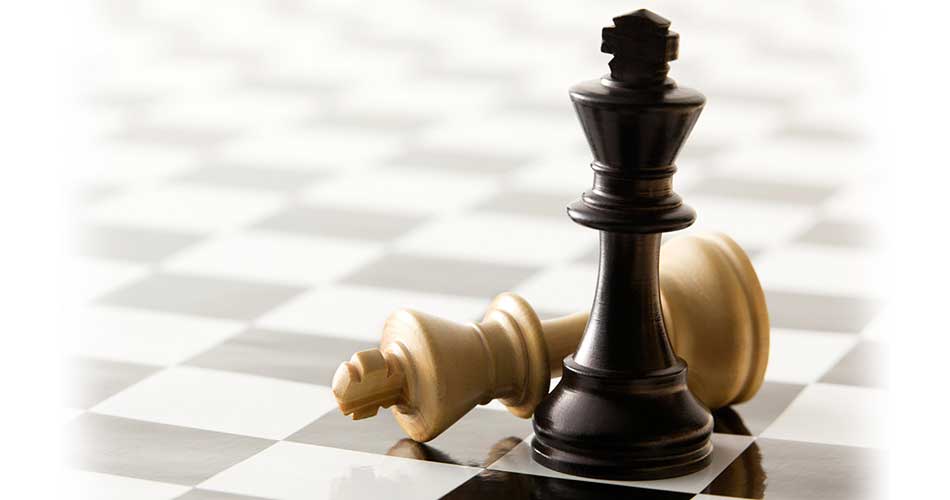Agora Open Air Museum
- 18 Nov - 24 Nov, 2017

The stories, figures, and individuals surrounding chess give it a mysterious dimension, and its definite origins remain unknown. It came from either India or Persia. In the 14th century, Ibn Khaldun connects chess to an Indian named Sassa ibn Dahir, an eminent man of wisdom.
There was an ancient Indian game called Chaturanga, which means “having four limbs,” probably referring to the four branches of the Indian army of elephants, horsemen, chariots, and infantry. Chaturanga was not exactly chess but a precursor to the chess of today.
A 14th-century Persian manuscript describes how an Indian ambassador brought chess to the Persian court, from where it was taken to Europe by Arabs going to medieval Spain. Before it reached Europe, the Persians modified the game into Chatrang, using it in their war games. Arabs came into contact with chess, or Shatranj as it was then called, Persia and absorbed it into their culture.
At that time, the playing pieces were Shah, the king: Firzan, a general, who became the queen in modern times; Fil was an elephant that became the bishop; Faras was the horse; Rukh was a chariot that is now the castle or rook; and Baidaq was the foot soldier or pawn.
The whirlwind Ziryab, a great musician and trendsetter, brought chess to Andalusia in the early ninth century. The word “checkmate” is Persian in origin and a corruption of Shahmat, meaning “the king is defeated.”
From Andalusia, the game spread among Christian Spaniards and the Mozarabs, and reached northern Spain as far as the Pyrenees, crossing the mountains into southern France. The first European records to mention chess go back to 1058, when the will of Countess Ermessind of Barcelona donated her crystal chess pieces to St. Giles monastery at Nimes. A couple of years later, Cardinal Damiani of Ostia wrote to Pope Gregory VII, urging him to ban the “game of the infidels” from spreading among the clergy.
Chess was also carried via the trade routes from central Asia to the southern steppes of early Russia: Seventh and eighth century Persian chess pieces have been found in Samarkand and Farghana. By 1000, chess has spread even farther on the Viking trade routes as the Vikings carried it back to Scandinavia. Those trade routes meant that by the 11th century, chess had made its way as far as Iceland, and an Icelandic saga written in 1155 talks of the Danish king, Knut the Great, playing the game in 1027.
COMMENTS